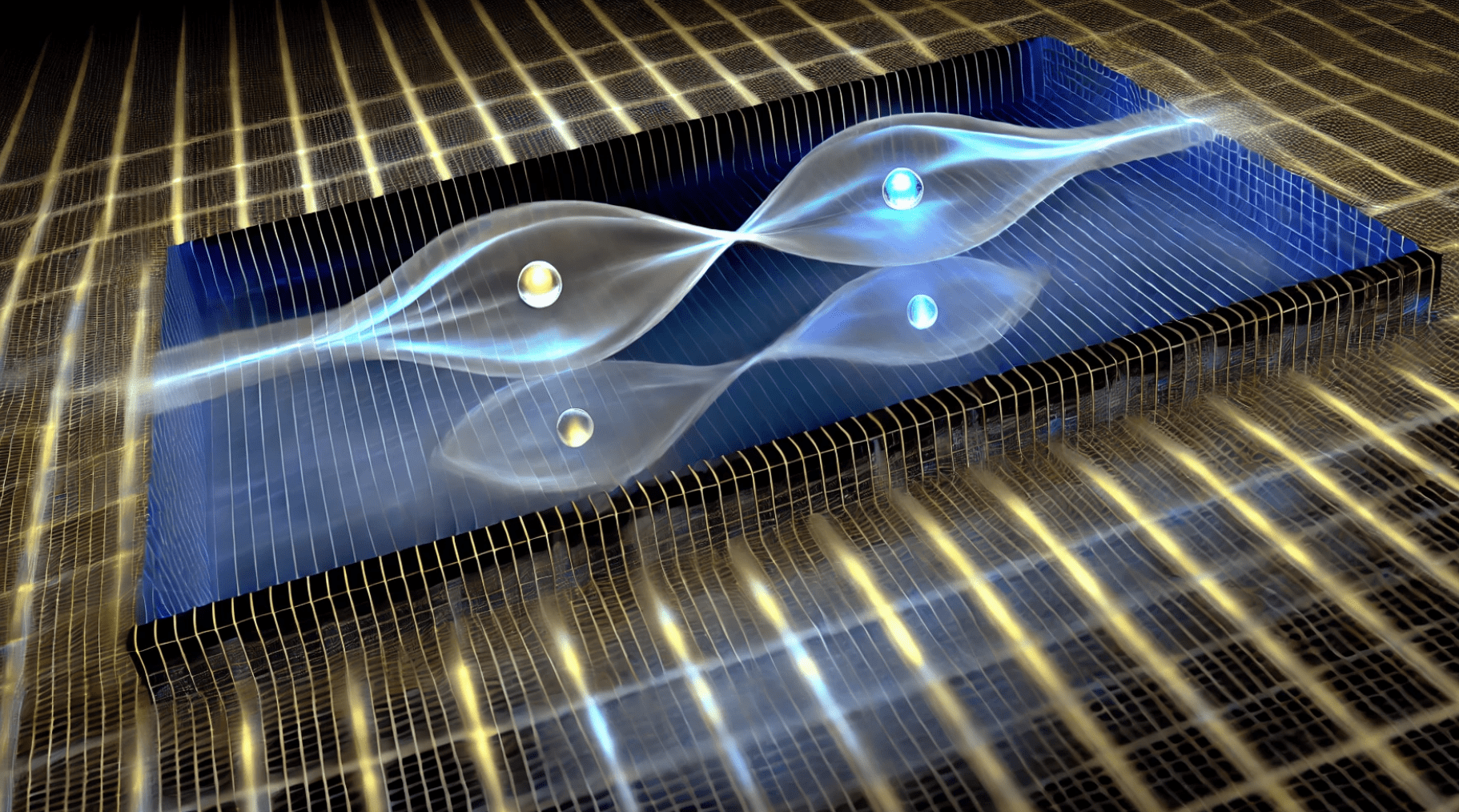Majorana Fermion Produced by Quantum Interference in a Nano-scale Circuit

Insider Brief
- Scientists have discovered that quantum interference in nanoelectronic circuits can create objects that behave like half of an electron, potentially unlocking new quantum technologies.
- The research was recently published in Physical Review Letters, revealing how quantum mechanics influences nano-scale circuits.
- This finding could help create Majorana fermions, particles crucial for topological quantum computers, which may revolutionize quantum computation.
PRESS RELEASE — Scientists have long known that electrons are indivisible fundamental particles. Yet surprising new research shows that a weird feature of quantum mechanics can be used to produce objects that behave like half of an electron. These ‘split-electrons’ might hold the key to unlocking the power of quantum computation.
Recently published in Physical Review Letters, the discovery was made by Professor Andrew Mitchell at University College Dublin (UCD) School of Physics, and Dr Sudeshna Sen at the Indian Institute of Technology in Dhanbad, who are theoretical physicists studying the quantum properties of nano-scale electronic circuits.
“The miniaturization of electronics has reached the point now where circuit components are just nanometers across. At that scale, the rules of the game are set by quantum mechanics, and you have to give up your intuition about the way things work,” said Dr Sen. “A current flowing through a wire is actually made up of lots of electrons, and as you make the wire smaller and smaller, you can watch the electrons go through one-by-one. We can now even make transistors which work with just a single electron.”
When a nanoelectronic circuit is designed to give electrons the ‘choice’ of two different pathways, quantum interference takes place. Professor Mitchell explained: “The quantum interference we see in such circuits is very similar to that observed in the famous double-slit experiment.”
The double-slit experiment demonstrates the wave-like properties of quantum particles like the electron, which led to the development of quantum mechanics in the 1920s. Individual electrons are fired at a screen with two tiny apertures, and the place they end up is recorded on a photographic plate on the other side. Because the electrons can pass through either slit, they interfere with each other. In fact, a single electron can interfere with itself, just like a wave does when it passes through both slits at the same time. The result is an interference pattern of alternating high and low intensity stripes on the back screen. The probability of finding an electron in certain places can be zero due to destructive interference – think of the peaks and troughs of two waves colliding and cancelling each other out.
Professor Mitchell said: “It’s the same thing in a nanoelectronic circuit. Electrons going down different paths in the circuit can destructively interfere and block the current from flowing. This phenomenon has been observed before in quantum devices. The new thing that we found is that by forcing multiple electrons close enough together that they strongly repel each other, the quantum interference gets changed. Even though the only fundamental particles in the circuit are electrons, collectively they can behave as if the electron has been split in two.”
The result is a so-called ‘Majorana fermion’ – a particle first theorized by mathematicians in 1937 but as yet not isolated experimentally. The finding is potentially important for the development of new quantum technologies, if the Majorana particle can be created in an electronic device and manipulated.
“There has been a big search for Majoranas over the last few years because they are a key ingredient for proposed topological quantum computers,” Professor Mitchell said. “We might have found a way to produce them in nanoelectronics devices by using the quantum interference effect.”
